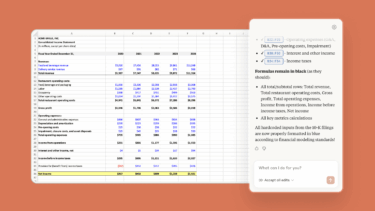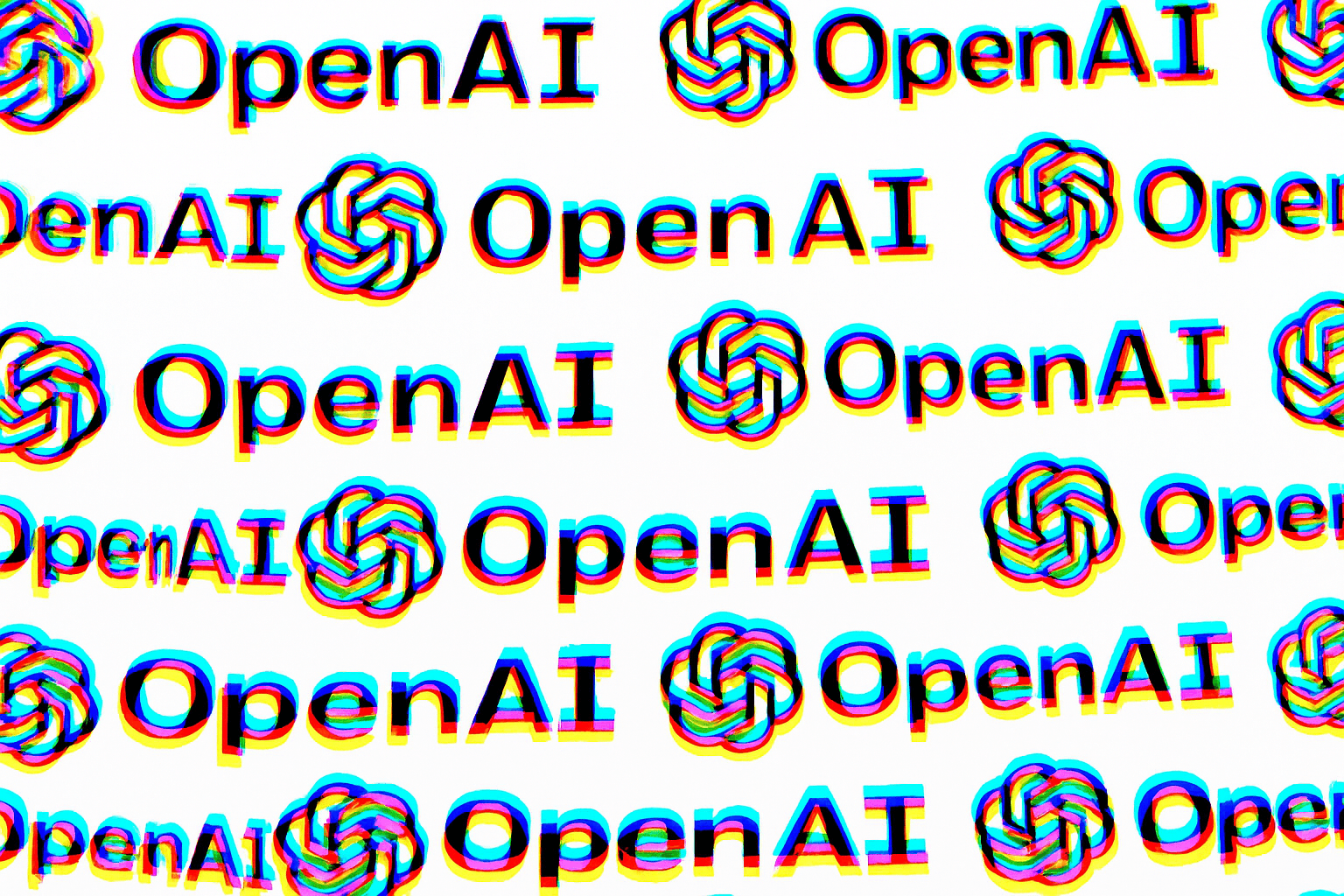Scientists at Saarland University have created AI software that can spot doping in top athletes using minimal data. This system could streamline doping checks at major sporting events like the Olympics.
Business Informatics professor Wolfgang Maaß explains that doping tests measure the levels and ratios of various steroids in urine samples. But the high manual effort means only a small number of samples can be tested for doping.
Analyzing urine samples in a lab can take weeks, and only a fraction of the samples are fully examined. As a result, many doped athletes slip through the cracks, and the incentive to cheat remains.
The new AI system needs data from just three urine samples collected over an athlete's career to accurately predict whether doping is present. Each sample measures seven characteristics, such as steroid concentrations and ratios, to create an athlete's natural steroid profile.
Catching the clean
The software then looks for deviations from the usual pattern in new samples and can say with 99% certainty which athletes have not doped. The remaining cases can then be scrutinized more closely with manual DNA tests. Maaß says the dopers are "with a high degree of certainty" among these remaining cases.
The system learns typical patterns in the longitudinal profile and responds to changes in specific biomarkers in urine samples. The research team uses a Self Attention-based Convolutional Neural Network (SACNN). Convolutional Neural Networks (CNNs) recognize patterns in data such as images or time series. Self-attention helps the network learn connections between distant data points.
The research team, which includes experts from the German Research Center for Artificial Intelligence (DFKI), the German Sport University Cologne and the World Anti-Doping Agency (WADA), presented the results at the International Joint Conference on AI in South Korea.






